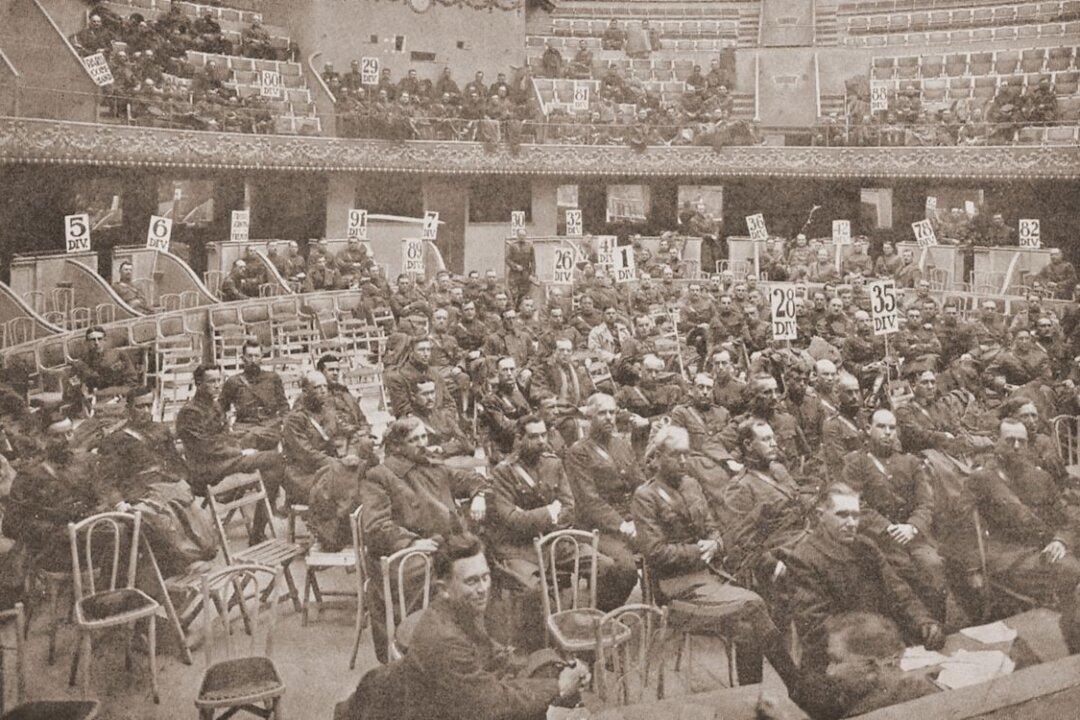James Montgomery Flagg (1877–1960) was one of those rare naturally gifted artists who seemed to be practically born with a pencil or paintbrush as an appendage.
By the time he was 12 years old, he had sold his first illustration―not to a family member or friendly neighbor―but to Scribner’s St. Nicholas magazine. By the age of 14, he was regularly contributing illustrations to Life magazine. He was a staff member of Life magazine’s primary rival, Judge, at 16.
He was born about 10 miles northeast of Midtown Manhattan, created illustrations for various magazines, and soon perfected his craft by studying at the Art Students League of New York from 1894 to 1898, as well as art schools in London and Paris from 1898 to 1900. In 1904, he made his home in New York City, opening a freelance art studio. The demand for his work was consistent and lucrative.
One of his first works upon his return to America was the comic strip “Nervy Nat,” which illustrated his ability for humor and satire.

Flagg lived the bohemian lifestyle so typical of artists at the turn of the century. His love of fast cars and beautiful women was far more genuine than cliche, as both of those subjects found their way into many of his illustrations. His fast-moving New York City lifestyle placed him in contact with countless celebrities and socialites, such as the actor John Barrymore, the cartoonist Ham Fisher, and fellow illustrator Charles Dana Gibson, who was most known for his illustrations of beautiful women.
Uncle Sam
Flagg’s star continued to rise until it reached its peak in 1917 when America entered World War I. Though past the age to join the fight overseas, he and the Society of Illustrators in New York City decided to use their skills to promote the war effort. At President Woodrow Wilson’s urging and Gibson’s leadership, the group created the Division of Pictorial Publicity (DPP), which became part of Wilson’s Committee on Public Information.
The DPP grew to more than 300 artists, ranging from painters to cartoonists, and resulted in more than 700 war propaganda posters. Flagg himself created 46 illustrations, but one would become the most popular and memorable of the more than 700.
Although Flagg is hardly remembered among Americans today, his “I WANT YOU!” poster continues to remain an integral part of our national consciousness.






